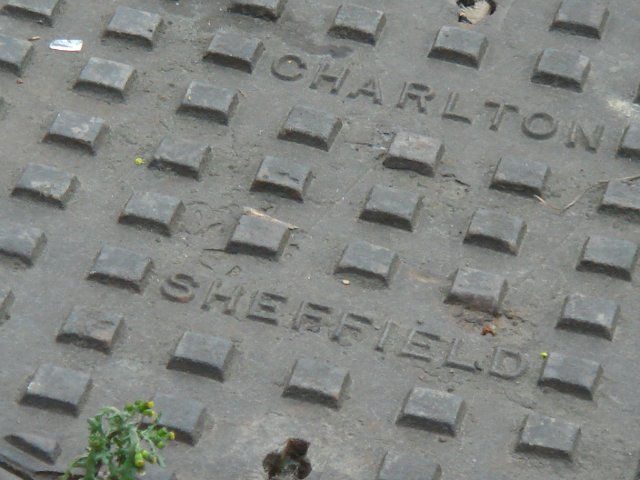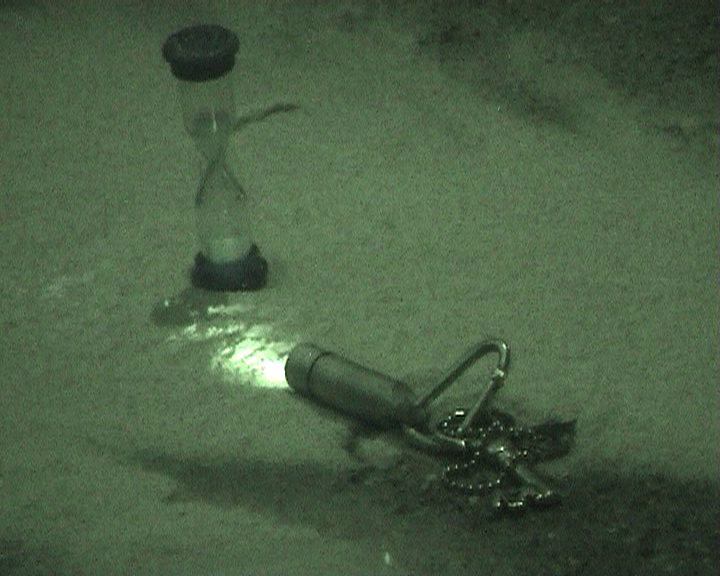I am currently artist in residence in Sheffield, at Access Space, an astonishing community project which embodies the shape of a hacklab and that of an art gallery, mixed with something else which is difficult to explain.
The idea is to build autonomous machines made of recycled material, a serie of assembled sculptures which will be animated by micro circuits and solar panels.
Sheffield is an interesting place, its identity is not marked by spectacular landmarks or magnificent architecture, while its industrial history points to the worldwide known production of steel.
Since the Noise_Objects will be inserted in public space, the observation of urban territory is relevant part of this research. I try to absorb the taste of the city, its working class history, its bricks and the smell of metal, as well as the sound which, I imagine, used to reverberate over the the city, once upon a time commonly depicted dominated by a dark foggy cloud.

I am reading a book by writer Fred Pass about being brought up in the suburbs in the 40ies and 50ies, looking for an understanding of the peculiarity of this place.
The circuits will be made of solar panels, piezos, small speakers, leds, and a minimal amount of components trying to reach the widest possible result: give life – light and sound – to inert matter, and allow these new entities to speak about the city itself, capturing the attention of random passengers, birds and stray cats, or, otherwise, structuring an ephemeral existence which can also be per se.





